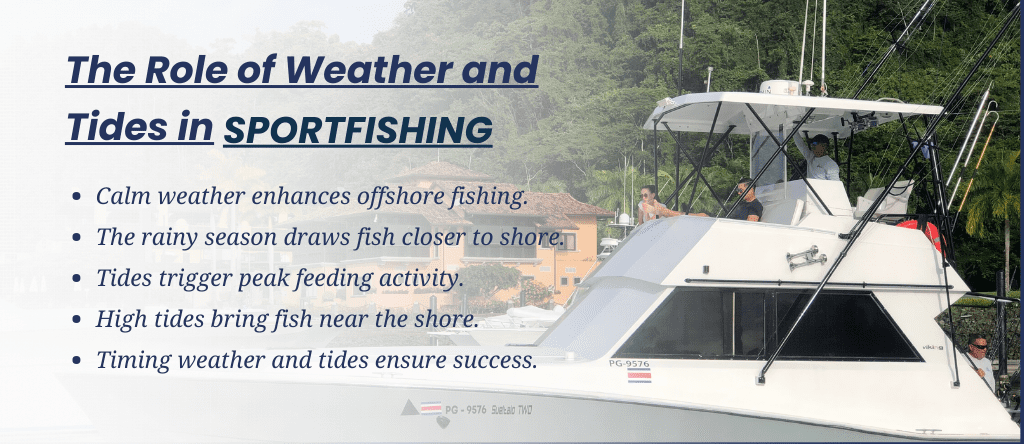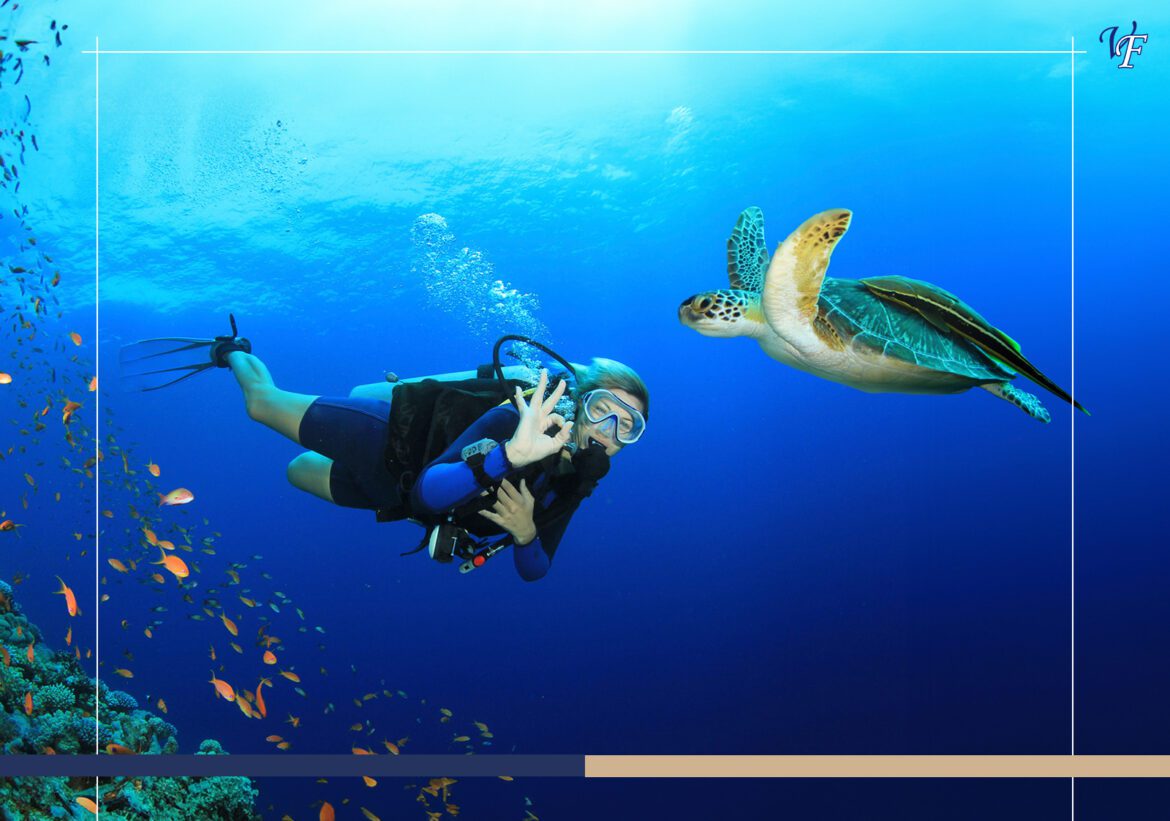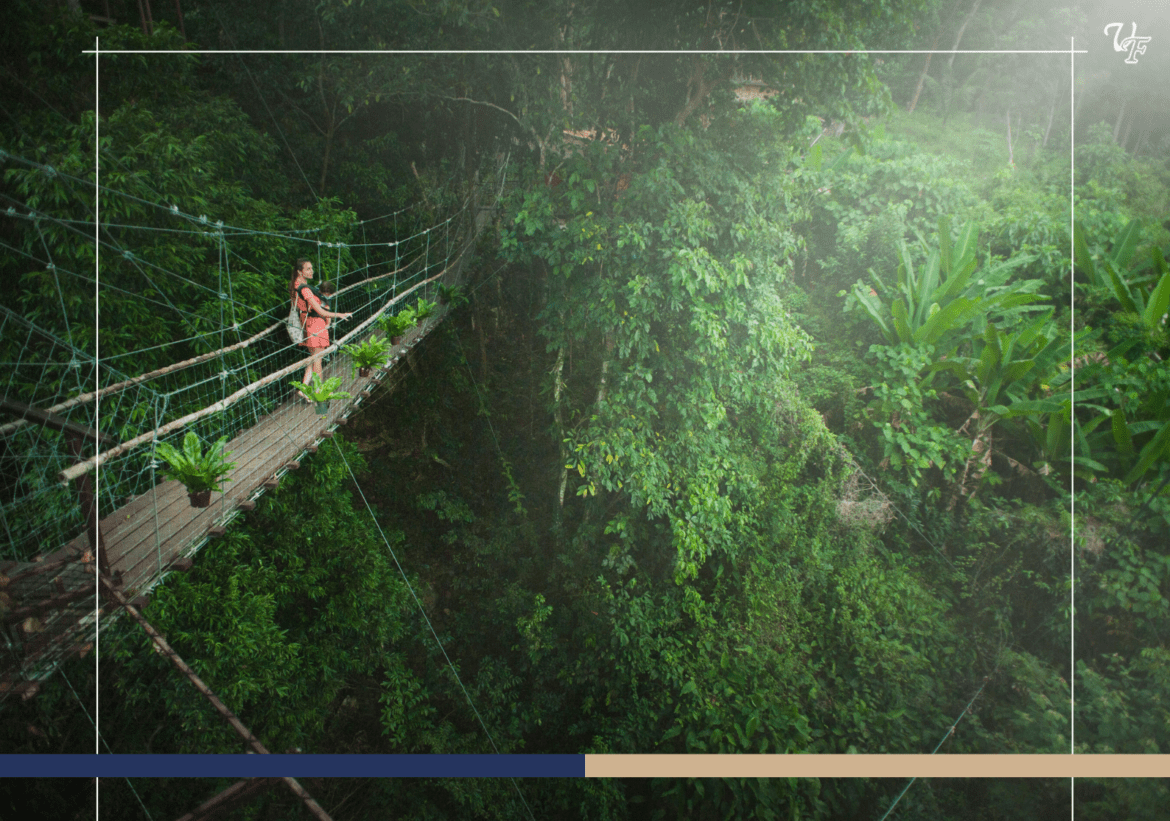Sun-drenched skies, the warm salty droplets kissing your face, and then… WHAM! Your rod buckles under the strain of a monster fish—this is Costa Rica for you. This isn’t just fishing; this is Costa Rican sportfishing at its finest, where the dance between weather and tides dictates the action.
Every dream of battling a feisty roosterfish as the tide rushes in or hooking into a stubborn snapper as the sun dips below the horizon? Well… your dream can be a reality in Costa Rica. Costa Rica is a world-renowned angling paradise, where acrobatic sailfish and marlin patrol the Pacific and powerful tarpon and snook lurk in the Caribbean estuaries.
Understanding the weather and tides for Costa Rica fishing is essential for unlocking these experiences. The interplay between these forces doesn’t just impact fish behavior; it defines when, where, and how to fish. Knowing how tides affect fishing in Costa Rica is crucial, as tidal movements drive feeding habits and migration patterns.
Year-round opportunities abound, but knowing how weather and tides intertwine for Costa Rica fishing is the key to unlocking truly unforgettable experiences. This article will help you understand how these natural forces shape the fishing landscape, helping you maximize your catch and craft your perfect Costa Rican fishing adventure.
Costa Rican Weather and Its Impact on Sportfishing

The tropical weather of Costa Rica offers two distinct seasons: dry (December–April) and rainy (May–November). Understanding the impact of weather on Costa Rica fishing trips is paramount for planning.
Dry Season – Glassy Seas and Offshore Glory
During the dry season, the Pacific coast basks in consistent sunshine and enjoys remarkably calm seas, which are the prime conditions for offshore expeditions. The dry season is the peak season for chasing billfish like marlin and sailfish, which thrive in deeper waters. These are the best weather conditions for Costa Rican sportfishing, offering comfortable boat travel and outstanding visibility for spotting those magnificent billfish.
Rainy Season – Nutrient-Rich Runoff and Inshore Action
The rainy season brings more rainfall and delivers a vital boost of nutrient-rich runoff, drawing baitfish closer to shore. This food influx attracts various predatory species, including tuna, dorado, and snapper, making inshore fishing incredibly productive. While the seas can be a bit choppier, fishing during the rainy season in Costa Rica can be exceptionally rewarding.
Regional Weather Nuances
Regional weather in Costa Rica is created by microclimates that can radically alter the outlook for fishing opportunities. Guanacaste along the northern Pacific coast is characteristically dry, with long dry seasons even during its rainy season. It is considered one of the best locations offshore nearly all year round for species like sailfish and marlin.
However, the Osa Peninsula sees much heavier rainfall on the southern Pacific coast, especially during the rainy season. The nutrient-rich runoff attracts baitfish, drawing them closer inshore and making conditions ideal for snapper and roosterfish fishing.
The Caribbean coast is more consistent with rainfall throughout the year, but its dry months are ideal for targeting species like tarpon and snook in its estuaries. Understanding these regional weather nuances ensures you can time your sportfishing trip to Costa Rica to align with the best fishing opportunities in each area.
Tides and Their Influence on Sportfishing
Tides—the daily rise and fall of the ocean—influence fish behavior in Costa Rica. Understanding how tides affect fishing in Costa Rica is essential for every angler.
Decoding Costa Rican Tidal Patterns
Costa Rica experiences semi-diurnal tides, meaning two high and two low tides occur daily. The strength of these tides fluctuates, with spring tides during new and full moons exhibiting the strongest currents due to the sun and moon aligning their gravitational pull. These stronger tides stir up more nutrients and baitfish, amplifying fish activity and creating peak feeding windows for predatory species like roosterfish and snappers.
Conversely, neap tides during the first and last quarter moons have weaker currents, resulting in more subdued fish activity. However, this can benefit anglers targeting species that prefer calmer waters, like snook near estuaries.
By understanding the moon phases and their influence on tide strength, anglers can better predict fish behavior and plan their trips for optimal results.
Key Tidal Hotspots in Costa Rica
Due to their distinct geography, the Nicoya Peninsula and the Osa Peninsula are sensitive areas that suffer more from tidal movements, making them perfect hotspots for fishing.
On the Nicoya Peninsula, a vast coastline with protected bays means extreme tides, drawing many species. At high tide, baitfish swim into shore, making it the ideal time for surf fishing for jacks and snappers. Low tides display rocky outcrops and reef systems, all excellent for fishing from the bottom, targeting grouper, among others.
It’s said that the Osa Peninsula’s Golfo Dulce boasts some of the largest tidal changes in Costa Rica. Being enclosed, tidal currents are greatly intensified, leading to large schools of baitfish and their many predators. Inshore species, for example, such as roosterfish, tend to be more productive during high tides, whereas an outgoing tide fills open waters with a heavy influx of baitfish, resulting in feeding frenzies for larger pelagic species.
High Tide and Low Tides
During high tide, fish venture closer to shore, presenting excellent opportunities for surf fishing and targeting inshore species like jacks, snook, and snappers.
Low tide exposes underwater structures like reefs and rocky outcroppings, creating prime ambush locations for bottom-dwelling fish. This is the ideal time for bottom fishing techniques.
Mastering Tide Charts for Costa Rican Anglers
Consulting tide charts is crucial for effective trip planning, especially for anglers looking to optimize their chances of success. These charts provide detailed information about high and low tides, tidal strength, and the best fishing windows for specific locations.
Tide charts are invaluable tools for Costa Rican anglers planning fishing trips by the tide, particularly in regions like the Nicoya Peninsula and the Osa Peninsula, where tidal movements significantly influence fish activity.
When interpreting tide charts, use platforms that offer real-time updates and detailed predictions. Reading these charts involves understanding key data points like:
- High Tide and Low Tide Times: For peak feeding activity, focus on fishing one to two hours before or after these points.
- Tidal Coefficients: Higher coefficients indicate stronger tidal currents, which are ideal for species like sailfish and roosterfish.
- Moon Phases: Use the moon phase data to predict spring (strong) and neap (weak) tides, as these directly impact fish behavior.
To further enhance planning, anglers can reference a simple chart that ties the best seasons and tidal conditions to specific species:
| Fish Species | Best Tidal Condition | Season | Preferred Region |
| Sailfish | Strong tides (spring tides) | Dry season (Dec–April) | Pacific Coast (Nicoya) |
| Snook | Outgoing/low tides | Rainy season (May–November) | Caribbean estuaries |
| Roosterfish | Rising tides | Rainy season (May–November) | Osa Peninsula |
| Snapper | High tides near structures | Year-round | Both coasts |
| Tarpon | Stable tides | Caribbean dry season (Sept–Oct) | Caribbean Coast (Tortuguero) |
By combining this information with real-time tide data, anglers can strategically target specific species during peak seasons and tidal conditions.
Species-Specific Tidal Preferences
Different fish species in Costa Rica respond uniquely to tidal changes, and understanding these patterns is key to a successful fishing trip.
Sailfish, for example, thrive during stronger tides, which bring nutrient-rich currents and increased baitfish activity. These stronger tides are often seen during new and full moons, aligning with the best weather conditions for Costa Rican sportfishing. Meanwhile, snook congregate near estuaries during low or outgoing tides, when baitfish are funneled into open waters.
Global weather phenomena like El Niño and La Niña further amplify these dynamics. During El Niño, warmer ocean temperatures can reduce nutrient upwelling, disrupting baitfish availability and altering the feeding behavior of species like sailfish and marlin. Conversely, La Niña brings cooler waters and increased rainfall, boosting nutrient levels and enhancing tidal effects. This influx of nutrients mainly benefits inshore species like snapper and roosterfish, which thrive in nutrient-rich environments created by tidal and weather interactions.
By considering these seasonal fishing patterns in Costa Rica alongside tidal behavior, anglers can better predict where and when to target specific species.
Weather and Tides – A Winning Combination for Sportfishing Success
Weather and tides work together to create a dynamic environment directly influencing fishing success in Costa Rica. These two natural forces are not just background conditions—they shape fish behavior, movement, and feeding patterns. Understanding how sportfishing and the weather in Costa Rica complement one another is essential for any angler looking to improve their results.
Calm weather coinciding with optimal tidal conditions can transform a fishing trip into an unforgettable experience. Calm seas provide excellent visibility, allowing anglers to spot surface activity, while rising tides stimulate baitfish movement, triggering predatory fish to feed aggressively.
Conversely, stormy weather can disrupt the delicate balance created by tides. Heavy rain during high tide often reduces water clarity, making it harder for predatory fish to locate prey. Sudden downpours can also create erratic tidal flows, scattering baitfish and disrupting feeding patterns. These challenges illustrate the impact of weather on Costa Rica fishing trips and highlight the need to plan carefully around both factors.
Local, knowledgeable guides can be invaluable in helping anglers navigate these complexities. They know how to align fishing techniques with the combined effects of weather and tides, ensuring that even the most unpredictable conditions can be advantageous.
Expert Tips for Weather and Tide-Based Fishing in Costa Rica
Here are some expert fishing tips for Costa Rica tide changes, incorporating seasonal fishing patterns in Costa Rica:
- Planning Your Expedition: Always check tide charts and weather forecasts before setting out. Utilize reliable resources for up-to-the-minute information.
- Perfecting Your Timing: Early mornings during rising tides are frequently the most productive. When planning your trip, factor in seasonal migrations, which relate to seasonal fishing patterns in Costa Rica.
- Adapting Your Approach: Adjust your tackle and bait based on water clarity (influenced by weather) and fish depth (influenced by tides). Drift fishing is effective during strong tides, while bottom fishing is ideal for calmer waters.
- Prioritizing Safety: Stay vigilant for sudden weather shifts and rough seas. Learn to recognize the warning signs of approaching storms and hazardous tide conditions.
- The Advantage of Local Guides: Hiring a local guide is highly recommended. They possess invaluable knowledge of local waters, fish behavior, and the complex interactions of weather and tides.
Conclusion
Understanding the weather and tides is essential for maximizing your Costa Rican sportfishing experience. By considering these factors, you’ll significantly increase your chances of hooking into the fish of your dreams and creating memories that will last a lifetime.
Whether targeting billfish in the deep blue or inshore species along the stunning coastline, understanding the weather and tides for Costa Rica fishing will also significantly enhance your angling skills.
So, leave no room and make yourself a fishing master by mastering the weather and tides in Costa Rica.











